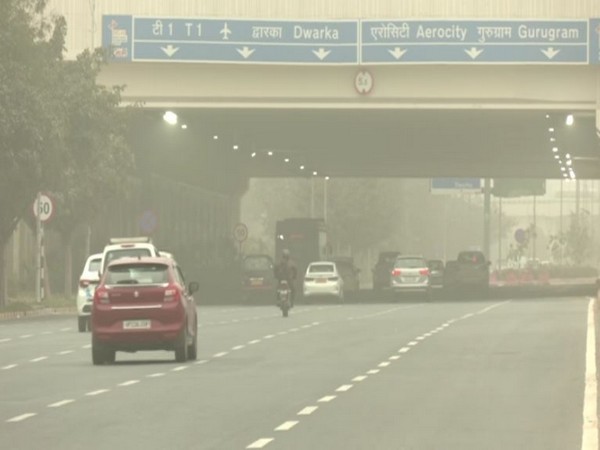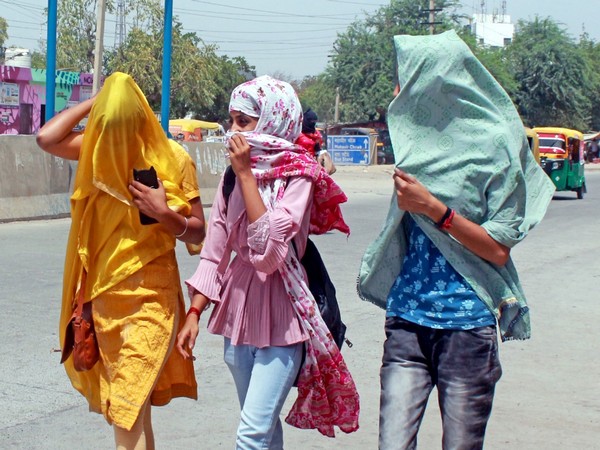There was no respite for the national capital from bone-chilling cold, as the city woke up to another icy morning on Tuesday, with the minimum temperature in the Ridge area of the national capital dropping below the freezing point, at -0.3°C.
There were no signs of the prevailing cold wave slackening its hold on the national capital and vast swathes of North India, as Delhi’s Safdarjung observatory recorded a minimum temperature of 1.4°C. The Palam observatory recorded the mercury at 1.2°C while Ayanagar logged 1.0°C at 8.30 am.
With the mercury taking a downward shift, locals were pictured sitting around bonfires as the biting cold chilled them to the bone.
Meanwhile, in keeping with the weather pattern of the last few days, dense fog shrouded the national capital and elsewhere in its neighbourhood on Tuesday, with the visibility reduced significantly in isolated pockets of Uttar Pradesh, Uttarakhand, Rajasthan, and Madhya Pradesh, the India Meteorological Department (IMD) informed.
“Fog conditions observed (at 0830 hours IST of today): Very dense fog in isolated pockets of Uttar Pradesh, Uttarakhand, Rajasthan, and Madhya Pradesh; and Dense fog in isolated pockets of Punjab; and moderate fog in isolated pockets of Haryana, Sub-Himalayan West Bengal and Sikkim,” read a post on the IMD’s official handle on X.
“Visibility Recorded (at 0830 hours IST of today) (<=200 metres): Uttar Pradesh: Bareilly-0, Lucknow and Prayagraj-50, Gorakhpur and Varanasi-25 each, Jhansi-200; Uttarakhand: Pantnagar-25, Nainital-50, Dehradun-200; Rajasthan: Bikaner-25, Jaipur and Udaipur Dabok-50 each,” the IMD stated in its post.
“Madhya Pradesh: Bhopal-25, Ratlam-200; Punjab: Ludhiana-50; Haryana: Ambala-200; Sub-Himalayan West Bengal and Sikkim: Siliguri-100, Jalpaiguri and Cooch Behar-200,” the weather forecasting agency informed further.
According to the IMD, the fog is deemed ‘very dense’ when the visibility is between 0 and 50 metres while it is ‘dense’ when the visibility is between 51 and 200 metres.
Further, the fog is considered ‘moderate’ when the visibility is between 201 and 500 metres and ‘shallow’ when between 501 and 1,000 metres.
Meanwhile, at least 26 trains arrived late due to fog in the national capital on Tuesday morning, the Indian Railways informed.
The IMD did not hold out any hope of respite from the prevailing weather in the coming days, saying that cold wave conditions would persist and even extend to some parts of central India between January 5 and 11.
Speaking to ANI on Tuesday, Dr Mrityunjay Mohapatra, the director general of IMD, said, “Between January 5 and 11, we expect night temperatures to fall further, with the cold wave persisting in North India and even extending to some parts of central India. The day temperatures would, however, hover in the normal range for this time of the year. Conditions akin to cold days would be experienced in the central and western parts of the country, especially Madhya Pradesh, northern Maharashtra and southern parts of Uttar Pradesh.”
Meanwhile, homeless people and those on the streets were pictured cooped up at night shelters as the cold intensified in the national capital on Monday night.
Speaking to ANI, the caretaker of a shelter home at Dandi Park, Yamuna Bazar, said, “There are five shelter homes here. They were closed in the wake of the flooding from the Yamuna on July 12 and a case pertaining to these shelters is currently in the Supreme Court. All necessary arrangements here have been made for homeless people and there is provision for food as well. I have been working here for the last 8 to 9 years since these shelters became operational.”
A tea seller at Anand Vihar Bus Terminus said there was minimal footfall of passengers and customers owing to the bitter cold and thick fog outside. (ANI)
For more details visit us: https://lokmarg.com/



